Introduction
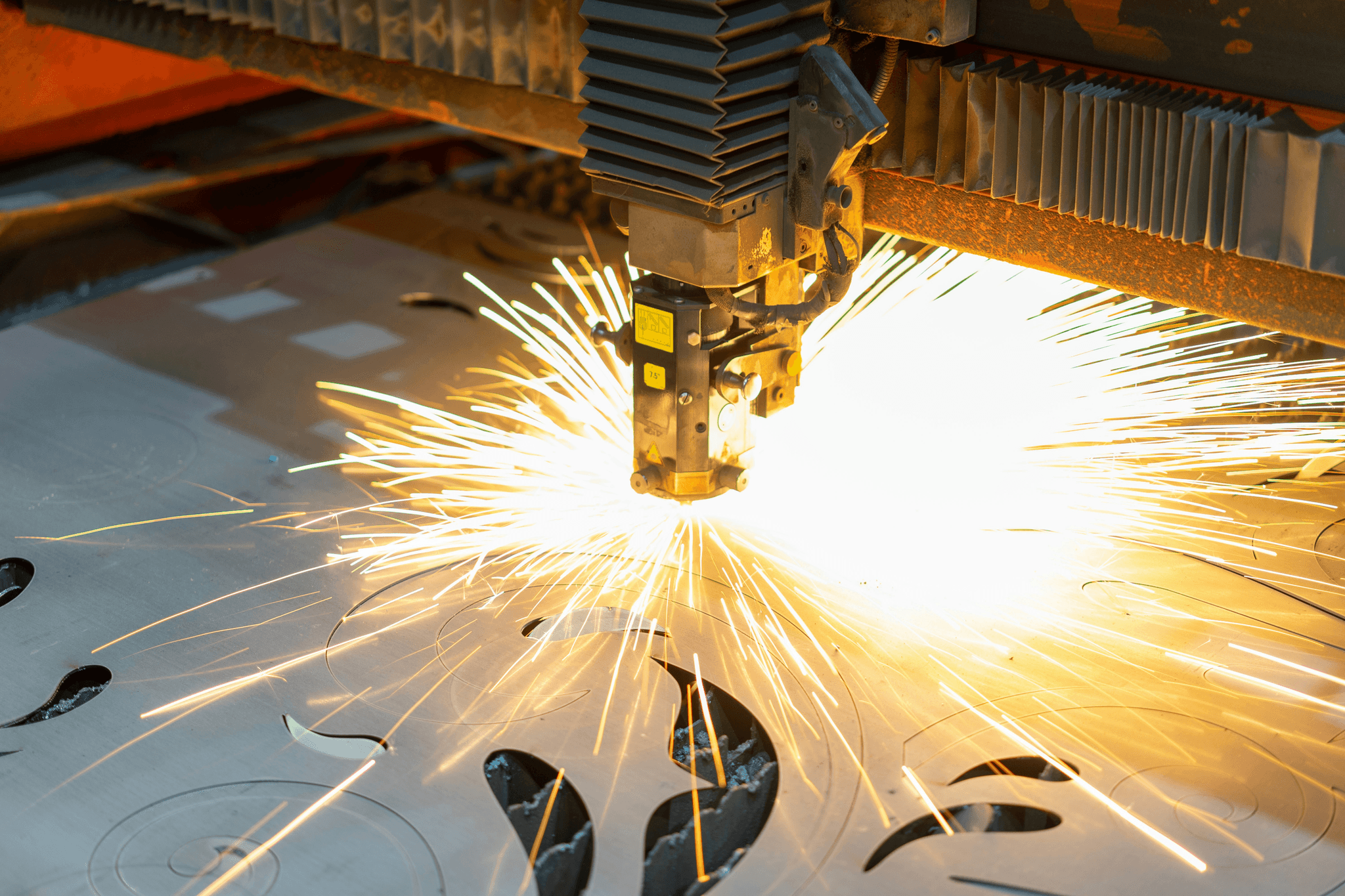
Understanding Laser Cutting Machines
Laser cutting machines utilize high-powered lasers to cut through various materials with exceptional accuracy and speed. Among the most popular types are CO2 laser cutters, known for their versatility and effectiveness in cutting non-metal materials like wood and acrylic. As industries continue to adopt these technologies, understanding their capabilities and limitations becomes essential for selecting the best laser cutter for your specific needs.
The Importance of Pricing Information
Navigating the landscape of laser machines for sale can be daunting without clear pricing information at your fingertips. Knowing the average laser machine price helps businesses budget effectively while ensuring they get value for their investment. Furthermore, a comprehensive understanding of pricing allows companies to compare models and features more efficiently, leading them closer to finding the best option available.
What Affects Laser Machine Price
Several factors come into play when determining the price of a laser cutting machine. Core features like power output, bed size, and technology type significantly influence costs; for instance, a high-end CO2 laser cutter will typically command a higher price than entry-level models due to its advanced capabilities. Additionally, brand reputation plays a role in pricing—trusted manufacturers often charge more but offer reliability that could save money in maintenance down the line.
Overview of Laser Cutting Technologies
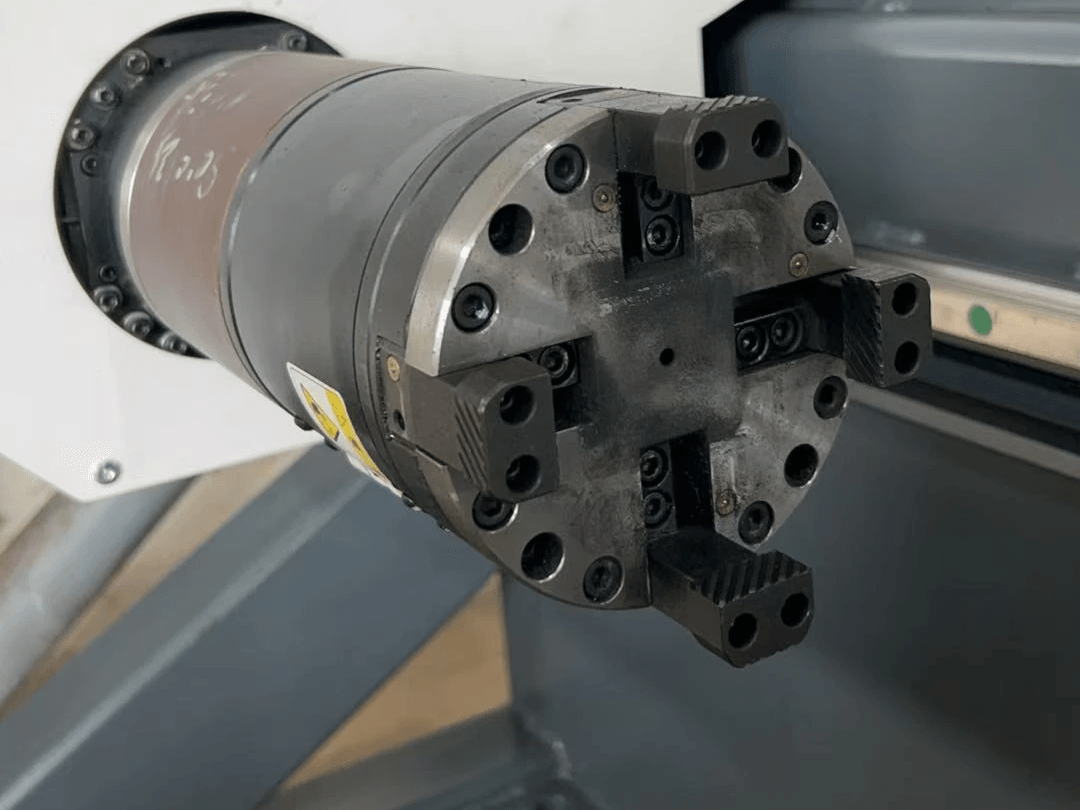
Laser cutting technology has revolutionized the manufacturing and crafting industries, providing precision and efficiency that traditional methods simply can't match. Understanding these technologies is crucial for anyone looking to invest in a laser machine, especially when considering the laser machine price. In this section, we’ll explore CO2 laser cutters, compare fiber lasers to CO2 technology, and examine the diverse applications of these machines across various sectors.
CO2 Laser Cutters Explained
CO2 laser cutters are among the most popular types of laser machines for sale today. They utilize a gas mixture of carbon dioxide to generate high-powered beams that can cut through a variety of materials such as wood, acrylics, and metals with remarkable precision. The versatility of CO2 lasers makes them an attractive option for businesses seeking the best laser cutter for their needs while keeping an eye on budget constraints related to laser machine price.
The operational simplicity and effectiveness of CO2 lasers mean they are often favored in both small workshops and larger manufacturing environments. Their ability to produce intricate designs without compromising on quality is one reason why they remain a staple in industries ranging from signage to aerospace. As you consider your options, it’s essential to evaluate how a CO2 laser cutter fits into your production plans while being mindful of overall costs.
Fiber Laser vs. CO2 Technology
When discussing modern laser cutting technologies, fiber lasers have emerged as strong competitors to traditional CO2 systems. Fiber lasers use solid-state technology that allows them to deliver higher power levels with greater efficiency than their gas counterparts, which can significantly influence the overall laser machine price. This efficiency not only reduces operating costs but also enhances cutting speed—making fiber lasers particularly appealing for high-volume production environments.
However, each technology has its strengths; while fiber lasers excel at cutting metal materials like stainless steel or aluminum with ease, CO2 lasers shine when working with non-metal materials such as plastics or wood. Therefore, choosing between these two technologies often boils down to specific application requirements rather than just initial investment costs associated with either type of machine. Understanding these differences will help you make informed decisions when exploring options available in the market.
Applications of Laser Machines in Various Industries
Laser machines have found applications across numerous industries due to their adaptability and precision capabilities—each application influencing perceptions around the best laser cutter choices available today. In manufacturing sectors like automotive or aerospace engineering, precision cutting is critical; hence many companies invest heavily in advanced fiber or CO2 systems tailored for specific tasks like engraving or etching components at scale.
In creative fields such as crafts and design workspaces, artists use these machines for everything from intricate paper cuts to custom jewelry fabrication—showcasing how versatile these tools can be beyond conventional industrial uses. As you dive into researching different models available for sale based on your industry needs, consider how varying applications impact not only functionality but also pricing structures associated with each type of laser machine.
Factors Influencing Laser Machine Price
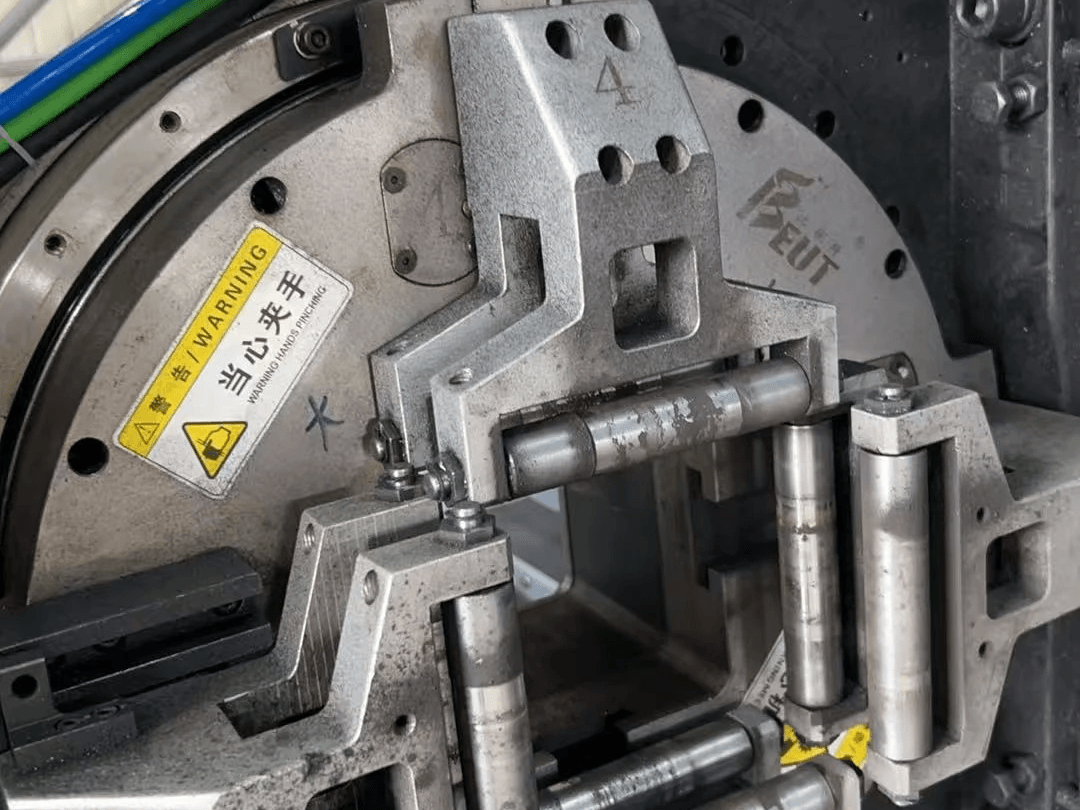
Core Features and Specifications
The core features of a laser cutting machine are pivotal in determining its price. For instance, a CO2 laser cutter often boasts capabilities like high-speed cutting and versatility across various materials, which can drive up its cost compared to more basic models. Furthermore, specifications such as wattage, bed size, and precision also contribute significantly; higher wattage usually means faster cutting speeds and the ability to handle thicker materials—two aspects that many buyers prioritize when searching for the best laser cutter.
In addition to these technical specifications, advanced features like automatic focusing systems or integrated cooling mechanisms add layers of complexity that further influence laser machine prices. Buyers should consider what features are essential for their specific applications versus what may simply be nice-to-have extras. Ultimately, investing in a machine with the right combination of features can lead to better efficiency and productivity in the long run.
Brand Reputation and Reliability
Brand reputation plays a crucial role in shaping perceptions around laser machine prices. Well-established brands often command higher prices due to their proven reliability and customer support services—factors that are invaluable when investing in expensive equipment like laser cutters. Therefore, when evaluating options for laser machines for sale, considering manufacturer reviews and industry standing is essential; after all, you wouldn’t want your best laser cutter breaking down at a critical moment!
Moreover, reputable brands tend to offer warranties or service packages that add value beyond just the purchase price. This peace of mind can justify spending more upfront if it means fewer headaches down the line with repairs or troubleshooting issues. When weighing options between different manufacturers or models, remember: sometimes you get what you pay for!
Types of Laser Machines for Sale
The variety among types of laser machines available on the market is staggering—and this diversity directly impacts pricing structures across different segments. Entry-level models designed for hobbyists or small businesses typically have lower price points but may lack some advanced functionalities seen in industrial-grade machines like high-powered CO2 lasers or fiber lasers tailored for heavy-duty applications. Understanding these distinctions is key when navigating through various offerings while hunting for competitive laser machine prices.
Additionally, specialized machines designed for niche applications—such as engraving or cutting intricate designs—can also vary significantly in cost based on their unique capabilities and target markets. As such, potential buyers should assess their specific needs before diving into purchases; opting for an over-engineered solution might lead to unnecessary expenses while underestimating requirements could result in subpar performance from cheaper models.
In conclusion, being aware of how core features, brand reliability, and types impact overall pricing will empower buyers to make informed decisions about which model best suits their needs without breaking the bank.
Comparing Laser Cutter Prices
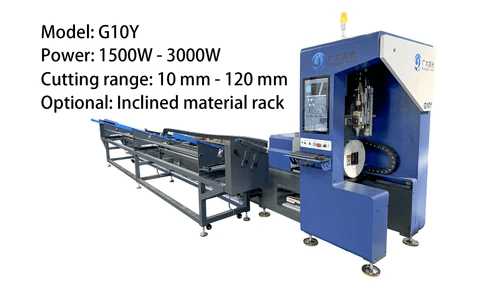
When it comes to understanding the landscape of laser machine prices, it's essential to break down the differences between entry-level and industrial laser cutters. Entry-level CO2 laser cutters are typically more affordable, making them an attractive option for small businesses or hobbyists looking for the best laser cutter without breaking the bank. In contrast, industrial-grade machines come with a higher price tag but offer advanced features and capabilities suited for large-scale manufacturing.
Entry-Level vs. Industrial Laser Cutters
Entry-level laser machines for sale often range from $2,000 to $10,000, depending on their specifications and capabilities. These machines are perfect for individuals or small businesses that need basic cutting and engraving functions without the hefty investment required for industrial models. On the other hand, industrial CO2 laser cutters can start at around $20,000 and soar well beyond $100,000 based on their power output and additional features such as automation and larger bed sizes.
The choice between entry-level and industrial models ultimately hinges on your specific needs—whether you're running a small workshop or managing a large production line. If you’re just starting out or have limited projects in mind, opting for an entry-level option might save you money while still delivering quality results. However, if you anticipate high-volume operations with diverse materials, investing in an industrial machine could provide better long-term value despite its higher initial cost.
Regional Price Variations
Price variations across different regions can significantly impact your decision when considering a laser machine price. For instance, in areas with a booming manufacturing sector or high demand for custom fabrication services, prices may be inflated due to increased competition among buyers seeking top-tier equipment like fiber lasers or advanced CO2 systems. Conversely, regions with less demand may offer more competitive pricing on both new and used laser machines for sale.
Additionally, shipping costs can contribute to regional differences in pricing; purchasing from local suppliers can often mitigate these expenses compared to ordering from distant manufacturers or distributors. It’s wise to conduct thorough research into local markets before making a purchase decision so you can capitalize on any regional advantages that could lead to savings on your best laser cutter options. Remember that understanding these variances allows you to budget effectively while still acquiring quality machinery suited to your operational needs.
Case Studies of Pricing Across Leading Brands
Examining case studies of pricing across leading brands reveals some intriguing insights into what drives costs within the market of laser cutting technology. For example, popular brands like Epilog and Trotec have established themselves as premium providers of CO2 laser cutters known for their reliability and performance; however, this reputation comes at a price—often starting around $15,000 for entry models up to over $100k for advanced systems tailored toward commercial use.
In contrast, lesser-known brands may offer comparable features at lower price points but might lack some advanced functionalities or customer support that major players provide consistently. By comparing specifications side-by-side across various manufacturers’ offerings—from core features like power output to warranty options—you can identify which brand delivers the best value aligned with your budget constraints while ensuring quality performance in your chosen application area.
Ultimately, conducting due diligence through case studies not only helps clarify what influences overall pricing but also aids in identifying hidden gems among less prominent brands that might offer exceptional value without compromising quality—thereby refining your search as you explore available options in today’s competitive market landscape.
The Cost of Operating Laser Cutters
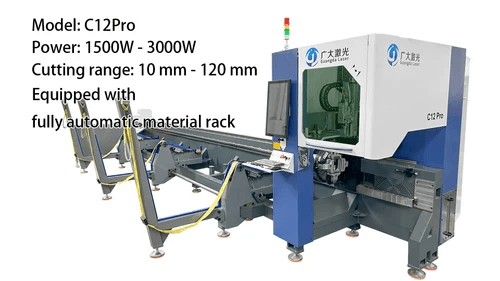
When considering the overall investment in a laser cutter, it's essential to look beyond the initial laser machine price. The ongoing operational costs can significantly impact your budget and profitability in the long run. Understanding these costs will help you make an informed decision when exploring laser machines for sale.
Maintenance Expenses You Can't Ignore
Maintenance is a crucial aspect of owning a CO2 laser cutter or any other type of laser machine. Regular upkeep, including lens cleaning, alignment checks, and parts replacement, can add up quickly if not planned for properly. It's wise to factor in these maintenance expenses when evaluating the total cost of ownership and comparing prices among different models and brands.
Ignoring maintenance can lead to decreased performance and higher repair costs down the line, which could ultimately affect your production efficiency. Some manufacturers offer comprehensive service packages that may seem costly upfront but can save you money over time by preventing major breakdowns. When searching for the best laser cutter, consider not just the purchase price but also how much you'll need to invest in keeping it running smoothly.
Power Consumption and Its Impact
The power consumption of your laser cutting machine plays a significant role in its operating cost, especially for high-powered CO2 lasers used in industrial applications. While some models boast impressive cutting speeds and capabilities, they may also come with higher energy requirements that contribute to elevated electricity bills. Therefore, understanding how power consumption affects overall operational expenses is vital when assessing different options on the market.
Additionally, energy-efficient models are becoming increasingly popular as companies strive to reduce their carbon footprint while maintaining productivity levels. Investing in a more efficient system might mean a higher initial laser machine price but could pay off through lower utility bills over time. As you explore various laser machines for sale, weigh their energy efficiency against performance capabilities to find an optimal balance.
Training Costs for Efficient Use of Laser Machines
Even after you've settled on the perfect CO2 laser cutter or fiber laser system and navigated through varying prices among brands, there's one more cost that often goes unnoticed: training expenses. Proper training ensures that your team can operate the equipment efficiently and safely while maximizing its capabilities—an investment that pays dividends in productivity and output quality over time.
Many manufacturers offer training programs tailored specifically for their machines; however, these programs often come with additional fees that should be accounted for during your budgeting process. Consider this aspect carefully when evaluating which is truly the best laser cutter for your needs—it’s not just about what you pay initially but how well you utilize what you've purchased!
Investing time in thorough training can minimize mistakes that lead to wasted materials or downtime due to improper handling of your new equipment—both factors that ultimately affect profitability as well as operational efficiency.
Financing Options for Laser Machines

When it comes to acquiring a laser machine, understanding your financing options is crucial. The initial laser machine price can be daunting, especially for small businesses or startups looking to invest in a CO2 laser cutter or other types of laser machines for sale. By exploring different financing strategies, you can find the best approach that suits your financial situation and operational needs.
Leasing vs. Buying Decisions
Leasing and buying are two primary options when considering how to finance your new laser cutter. Leasing often requires less upfront capital, making it appealing if you're looking for a cost-effective way to access the best laser cutter technology without the hefty initial investment associated with outright purchases. However, owning a machine means you can avoid ongoing lease payments and build equity over time, which could be beneficial if you plan on using the equipment long-term.
Deciding between leasing and buying also involves analyzing how often you'll use the machine and whether you anticipate upgrading in the near future. If your production needs fluctuate or you're just starting out with laser machines for sale, leasing might provide the flexibility you need without locking you into a long-term commitment. Conversely, if you're confident in your business's growth trajectory and want to optimize costs over time, investing in ownership may yield better financial returns.
Grants and Incentives for Manufacturers
Manufacturers should not overlook potential grants and incentives available specifically for acquiring advanced machinery like CO2 laser cutters. Many government programs aim to support manufacturing innovation by providing financial assistance that can significantly reduce overall costs associated with purchasing new equipment. Researching local initiatives or federal programs can open doors to funding opportunities that align with your business goals.
In addition to grants, some states offer tax incentives or rebates when businesses invest in energy-efficient technologies such as fiber lasers or CO2 systems. These incentives not only help lower the effective laser machine price but also encourage companies to adopt more sustainable practices—a win-win scenario! Engaging with industry associations may also reveal resources tailored specifically for manufacturers seeking financial aid.
Evaluating Long-Term Investment Returns
Understanding long-term investment returns is essential when weighing different financing options for your laser machines for sale. While the upfront cost of a high-quality CO2 laser cutter might seem steep initially, consider how its efficiency could translate into increased productivity and reduced operational expenses over time—ultimately enhancing profitability. Calculating factors like maintenance costs, power consumption, and potential downtime will help paint a clearer picture of whether you're making an informed investment decision.
Moreover, evaluating return on investment (ROI) involves looking beyond just monetary gains; consider how improved capabilities from advanced machinery can expand product offerings or enhance service quality—thus attracting more customers! Analyzing these aspects will empower you to make strategic decisions about financing while ensuring that every dollar spent contributes positively toward future growth.
Conclusion
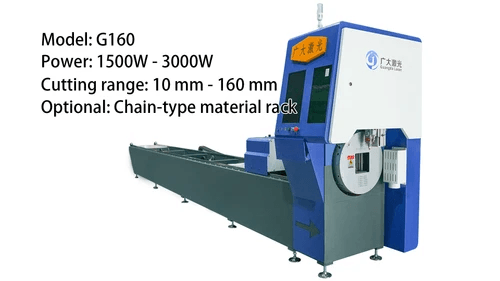
In the realm of manufacturing and design, making informed decisions about laser machines is crucial for optimizing efficiency and productivity. Understanding the nuances of laser machine prices, from entry-level models to high-end industrial options, allows businesses to select the best laser cutter that meets their specific needs. As you navigate the landscape of laser machines for sale, consider not just the initial investment but also long-term operational costs and potential returns.
Making Informed Decisions on Laser Machines
When it comes to choosing a laser machine, knowledge is power—especially regarding laser machine price. The right choice hinges on understanding your requirements, whether you need a CO2 laser cutter for intricate designs or a fiber laser for robust materials. By comparing features and assessing your production goals, you can confidently select a model that balances cost with capability.
Future Trends in Laser Technology Pricing
As technology advances, we can expect shifts in laser technology pricing that reflect innovations in efficiency and functionality. The emergence of more affordable options without compromising quality will likely make high-performance models accessible to small businesses as well as large manufacturers. Keeping an eye on these trends will help ensure you stay ahead in the competitive market while securing the best deals on cutting-edge equipment.
How Kiant Machinery Fits into Your Plans
Kiant Machinery stands out as a reliable partner when considering your investment in a new laser cutting system. With competitive pricing and a diverse range of high-quality machines—including some of the best laser cutters available—Kiant offers solutions tailored to various industries' needs. By choosing Kiant Machinery, you're not just purchasing equipment; you're investing in future-proof technology designed to enhance your operations while keeping an eye on overall laser machine price affordability.
